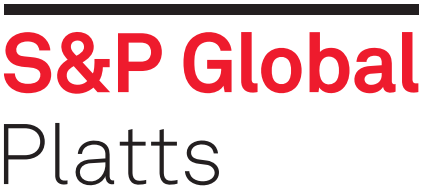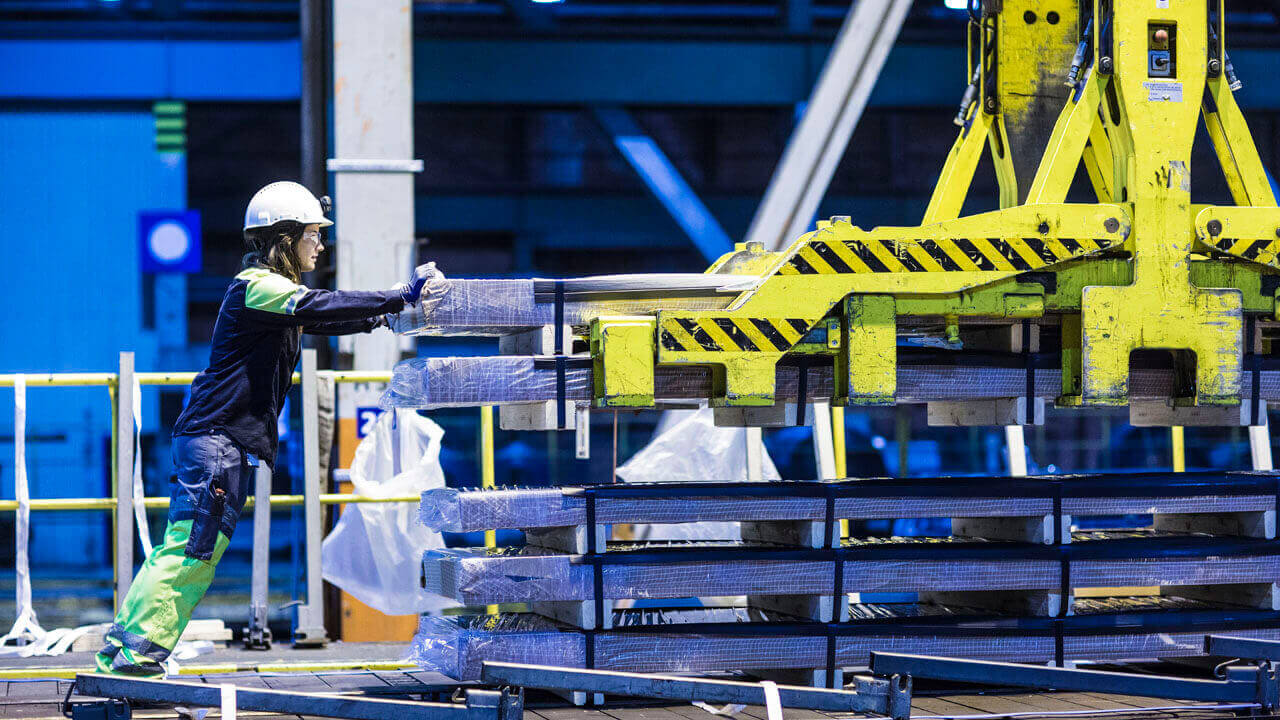Swedish steelmaker SSAB reported record results for all business segments in Q2, driven by a combination of high steel prices, good demand particularly for high-strength steel in most markets, and “solid internal performance,” despite lower production and shipments, it said in a July 22 statement.
However, it said the market outlook is now uncertain due to rising inflation, component shortages, bottlenecks in logistics chains and risk of disruptions relating to sanctions and fallout from the war in Ukraine, despite an overall increase in customer demand for fossil-free steel.
Q2 production and shipments both fell from a year earlier due to lower slab inventories and a prolonged start-up phase following an unplanned outage of one of the blast furnaces in Raahe.
Crude steel output was 1.98 million mt, down from 2.17 million mt in Q2 2021. Rolled steel production was 1.84 million mt (2.05 million mt) and steel shipments were 1.71 million mt (1.86 million mt), it said. Both production and shipments showed a recovery from levels in Q1 2022, when the blast furnace outage occurred, it said.
Due to Russia’s invasion of Ukraine, SSAB stopped sales to Russia and Belarus and discontinued new purchases of ore and coal from Russia. Ruukki Construction has minor operations in Ukraine which were due for a partial restart during Q2.
High market prices pushed up SSAB Special Steels’ Q2 operating margin to 26.6% (20.1%). High-strength steel is SSAB’s primary area of growth. SSAB Europe’s operating margin rose to 28.3% (14.8%) while SSAB Americas’ operating margin rose to 39.7% (22.5%).
European market prices for steel rose sharply during the first quarter following Russia’s invasion of Ukraine, but dropped back during Q2, primarily in strip prices, which had slumped to pre-invasion levels at the end of Q2, as demand weakened and the market was characterized by caution, SSAB said.
Platts assessed HRC in Northern Europe at Eur860/mt ex-works Ruhr July 21, up by Eur5/mt day on day, according to S&P Global Commodity Insights data, marking a slight uptick as more buyers were reported to have returned to the market after two months’ low activity. This was still 6.72% lower than the Eur922/mt of the start of the year.
The price of heavy plate in North America decreased somewhat but continued to be at a high level during the second quarter, on good demand in most customer segments, and low inventories at North American distributors, SSAB said. In China, market prices for strip and heavy plate fell during Q2.
Fossil-free steel demand growing
SSAB’s transformation to fossil-free steel production is on plan, as customer demand for fossil-free steel continues to increase, said the company, which continues to deliver pilot volumes for a number of selected partnership projects.
In Q2, Volvo Construction Equipment delivered the world’s first construction machine built of SSAB fossil-free steel and in Q3 Volvo Trucks will start small-scale introduction of fossil-free steel in heavy-duty electric trucks, SSAB said. The steelmaker also began collaboration with Alfa Laval on the world’s first heat exchanger to be made using fossil-free steel, with the first unit planned for 2023.
Q2 also saw the inauguration of HYBRIT’s pilot facility for hydrogen gas storage in Svartöberget, Luleå. Work on the feasibility studies for SSAB’s planned mini-mills in Luleå and Raahe is proceeding towards the goal of fossil-free production at around 2030: however, the transition requires sufficient availability of fossil-free electricity in the right place at the right time, the steelmaker said.
SSAB’s overall Q2 revenue was SEK 35.516 billion (compared to SEK2.673 billion in Q2 2021), it said.
Operating profit, excluding items affecting comparability, was SEK 10.395 billion (SEK4.083 billion). This was the first time that SSAB’s operating profit exceeded SEK 10 billion for a single quarter, it said.
Planned outages
SSAB Americas has brought forward the annual planned maintenance outage from October to September. SSAB Europe has postponed some of the maintenance to the fourth quarter.
Mixed Q3 outlook
The market in Europe is expected to see a seasonal slowdown in Q3, while the heavy plate market in North America should be relatively stable, SSAB said. SSAB Special Steels’ shipments should be somewhat lower than in Q2, but on stable realized prices.
SSAB Europe is expected to have lower shipments due to the seasonality and planned maintenance outage. Realized prices are expected to be significantly lower during Q3, compared to the high level seen in Q2.
SSAB Americas’ shipments are expected to be significantly lower as a result of the planned maintenance outage. Prices are also expected to be lower.
Raw material costs will rise for SSAB Special Steels and SSAB Europe during Q3, compared to Q2, largely because of coal purchases (primarily PCI coal) at exceptionally high prices at the end of Q1, it said.
“Out of the three main operating divisions (Europe, Americas and Special Steels) the largest contraction is expected to be Europe, whereas plate prices remain very robust benefiting Americas,” said Jefferies International analyst Alan Spence in a July 22 note. “Special Steels’ price movement is historically less volatile in both up and downcycles.”
— Diana Kinch






